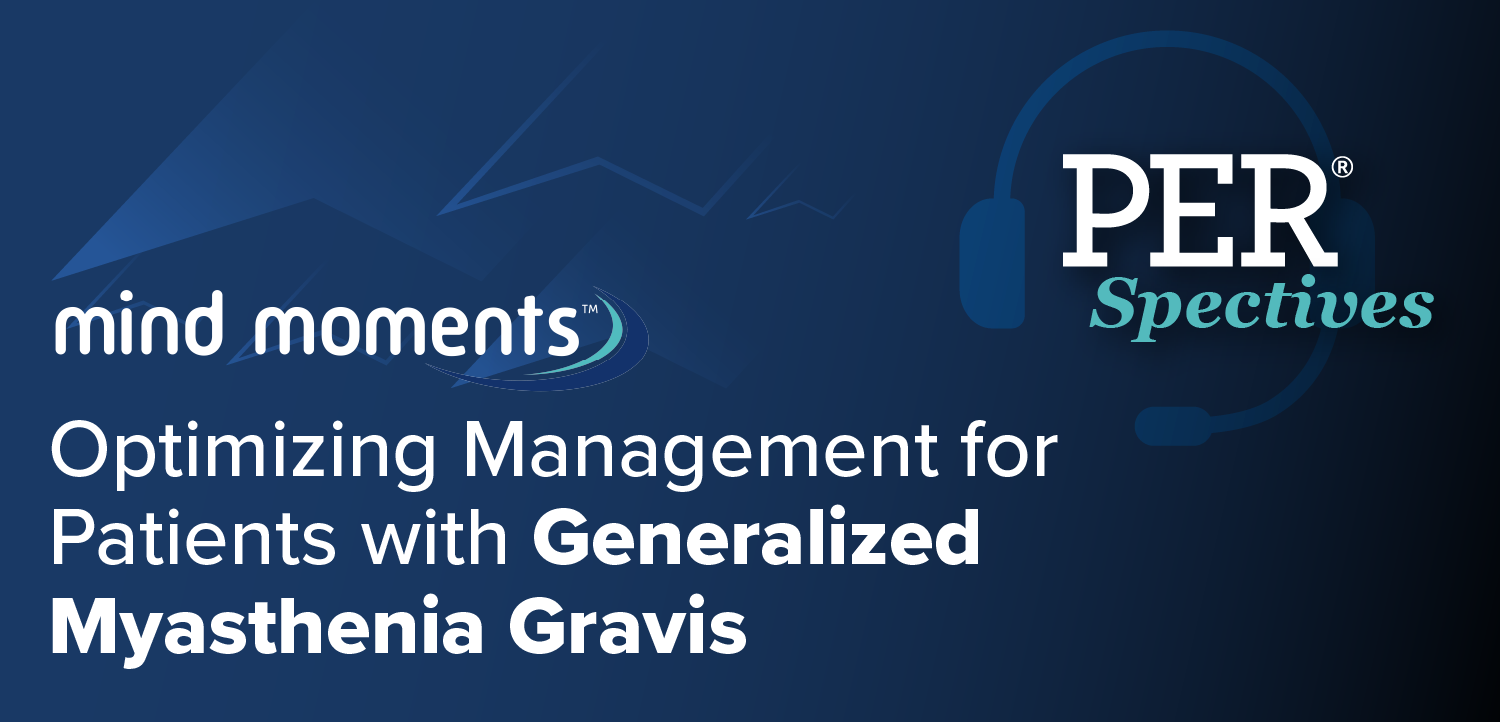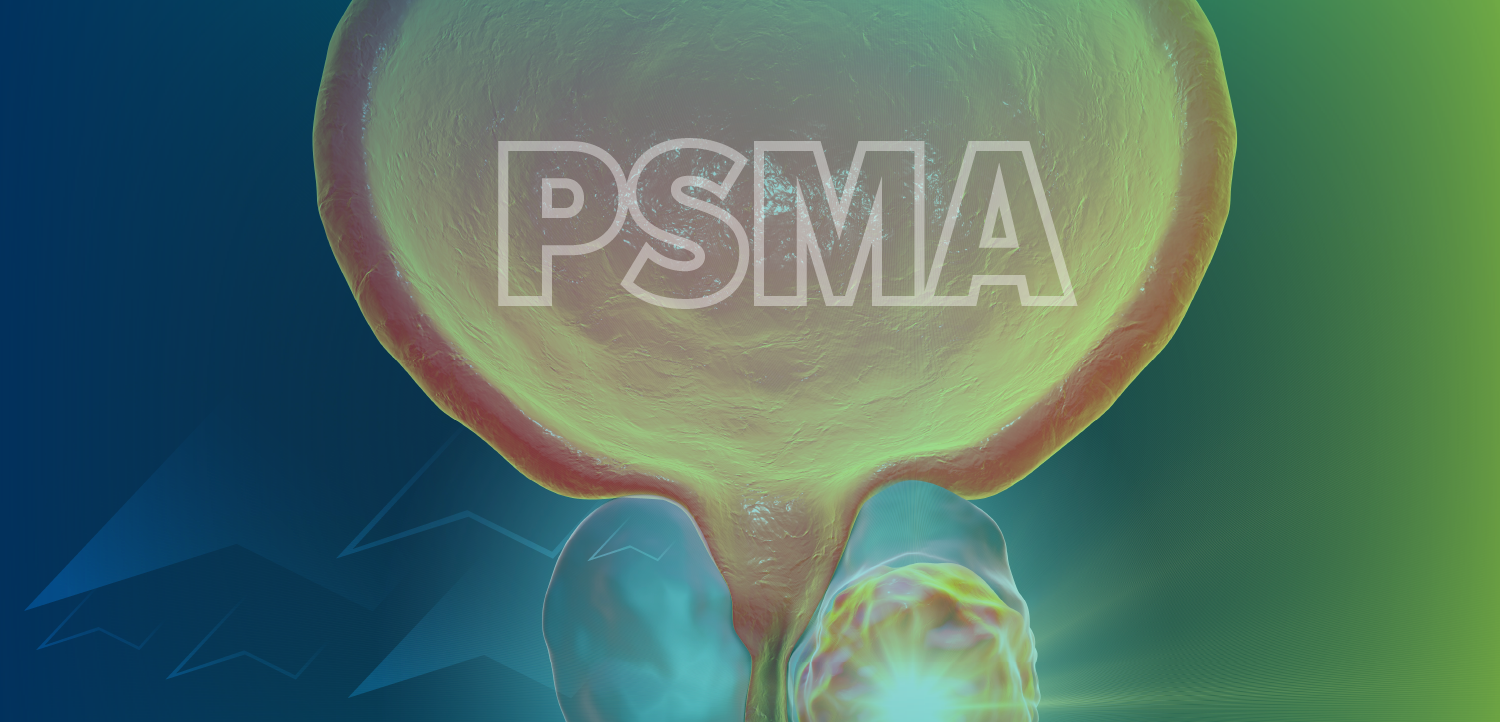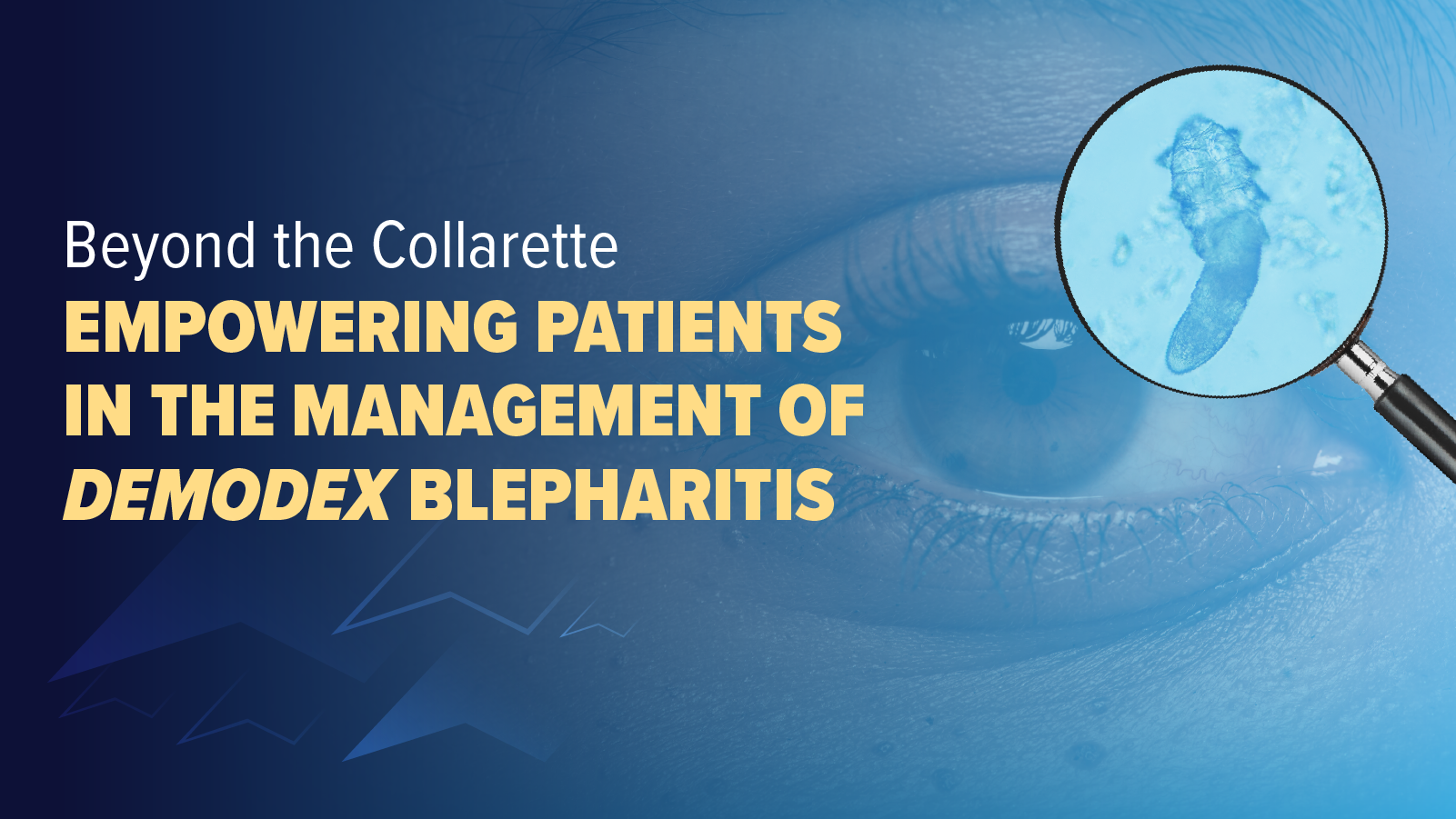
News|Articles|May 12, 2025
Tirzepatide Associated with Improved HF Symptoms, Renal Function in People with Obesity, CKD: Daily Dose
Author(s)Sydney Jennings
Your daily dose of the clinical news you may have missed.
Advertisement
Patient Care brings primary care clinicians a lot of medical news every day—it’s easy to miss an important study. The Daily Dose provides a concise summary of one of the website's leading stories you may not have seen.
On April 11, 2025, we reported on new data from the SUMMIT trial presented at the 2025 American College of Cardiology Annual Scientific Sessions and simultaneously published in JACC. Researchers conducted the analysis to investigate the interplay of chronic kidney disease (CKD) and the effects of tirzepatide in people with obesity-related heart failure with preserved ejection fraction (HFpEF).
The study
A total of 731 participants were randomized to receive either tirzepatide or placebo for a median of 104 weeks. Two primary objectives guided the analysis: to evaluate whether CKD influenced the clinical response to tirzepatide and to assess renal function changes, particularly in the context of differences between creatinine-based and cystatin C–based estimated glomerular filtration rate (eGFR) measurements.
The findings
Baseline assessments showed that patients with CKD—defined by either creatinine or cystatin C criteria—had more severe heart failure, reflected by worse New York Heart Association functional class, lower Kansas City Cardiomyopathy Questionnaire Clinical Summary Scores (KCCQ-CSS), shorter 6-minute walk distances, and higher levels of NT-proBNP and cardiac troponin T. These patients also faced a twofold increased risk of worsening heart failure events compared with those without CKD.
Despite this greater disease burden, the relative benefit of tirzepatide on the primary composite outcome of cardiovascular death or worsening heart failure events, as well as improvements in KCCQ-CSS, quality of life, and functional capacity, was not diminished by CKD status. The absolute risk reduction in primary events was numerically higher among patients with CKD. At 52 weeks, tirzepatide was associated with improvements in eGFR using both methods, though discordance was observed. At 12 weeks, a decline in creatinine-based eGFR was noted with tirzepatide, but not with cystatin C–based eGFR. By week 52, cystatin C–based eGFR improved across all patients, while improvements in creatinine-based eGFR were limited to those with CKD.
Author's comments
“The interplay of these three conditions identifies a patient population as exceptionally high risk, which means it’s a patient population that is exceptionally in need of treatments that work. This drug improves kidney function, obesity and HFpEF outcomes, thus improving all three elements that interact to create this syndrome.”
Newsletter
Enhance your clinical practice with the Patient Care newsletter, offering the latest evidence-based guidelines, diagnostic insights, and treatment strategies for primary care physicians.
Advertisement
Advertisement
Advertisement
Trending on Patient Care Online
1
Caffeinated Coffee Linked to Lower Atrial Fibrillation Recurrence in First-of-its-Kind Randomized Clinical Trial
2
FDA Approves First New IPF Treatment in More Than a Decade: Daily Dose
3
CDC Updates Website Page to Implicate Vaccines in Autism
4
Two-Thirds of Pregnancies Have Weight Gain Outside Recommended Ranges, Meta-Analysis of 1.6 Million Women Finds
5



























































































































































































































































































